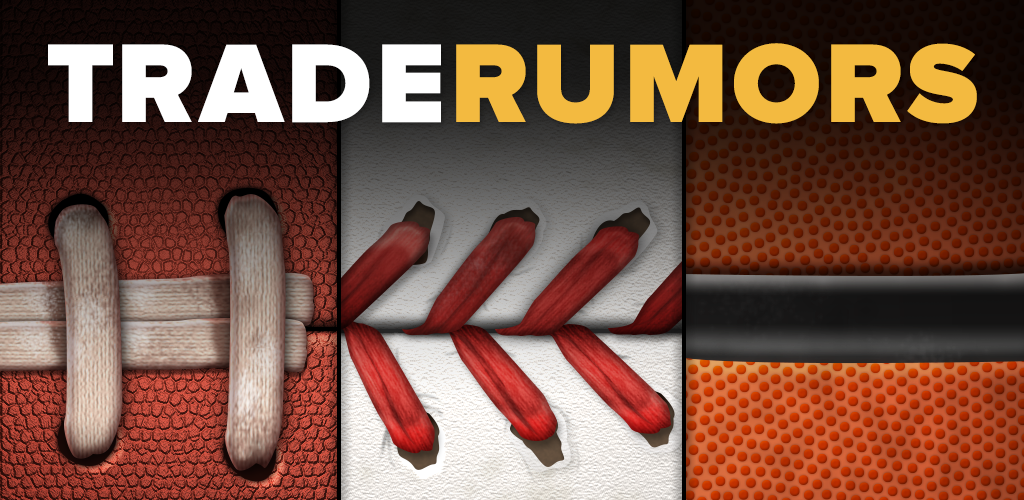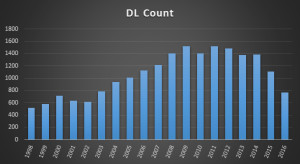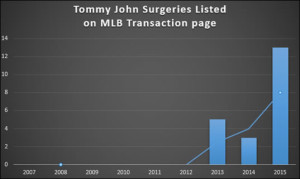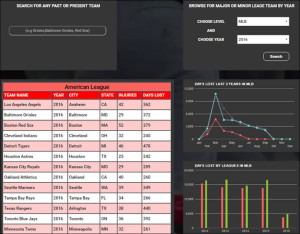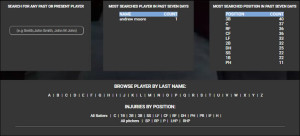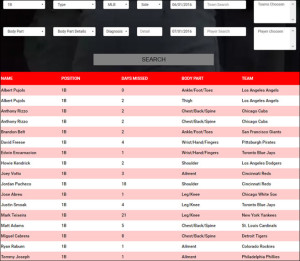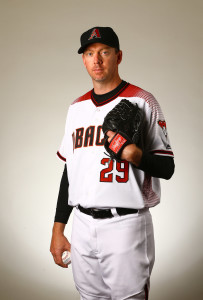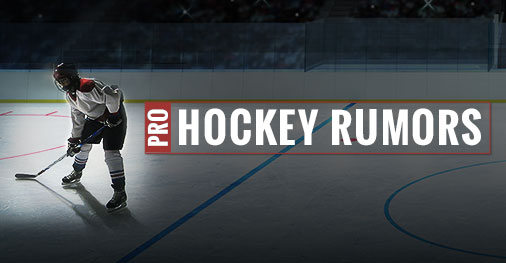Asked by Ken Rosenthal of FOX Sports about Shelby Miller, Diamondbacks GM Dave Stewart responded, “We’re not moving him.” The righty was reportedly available as of last week. A few days ago, Stewart told Nick Piecoro of AZCentral.com, “We’ve had a ton of (interest). My story to them is the same: We haven’t given up on the young man.”
Miller, 25, was a key offseason addition for Arizona. The D’Backs acquired him from the Braves in December for a robust package of Dansby Swanson, Aaron Blair, and Ender Inciarte. Miller endured a finger strain in April and an accompanying May DL stint, and never got on track this season. He was optioned to Triple-A in mid-July, after posting a disastrous 7.14 ERA, 6.5 K/9, 4.4 BB/9, 1.69 HR/9, and 42.8% groundball rate in 69 1/3 big league innings. Miller is under team control through at least 2018 as an arbitration eligible player.

